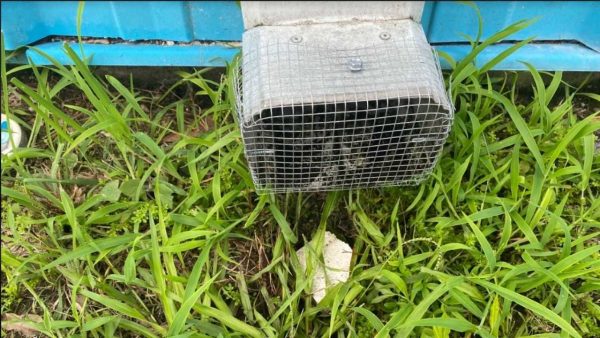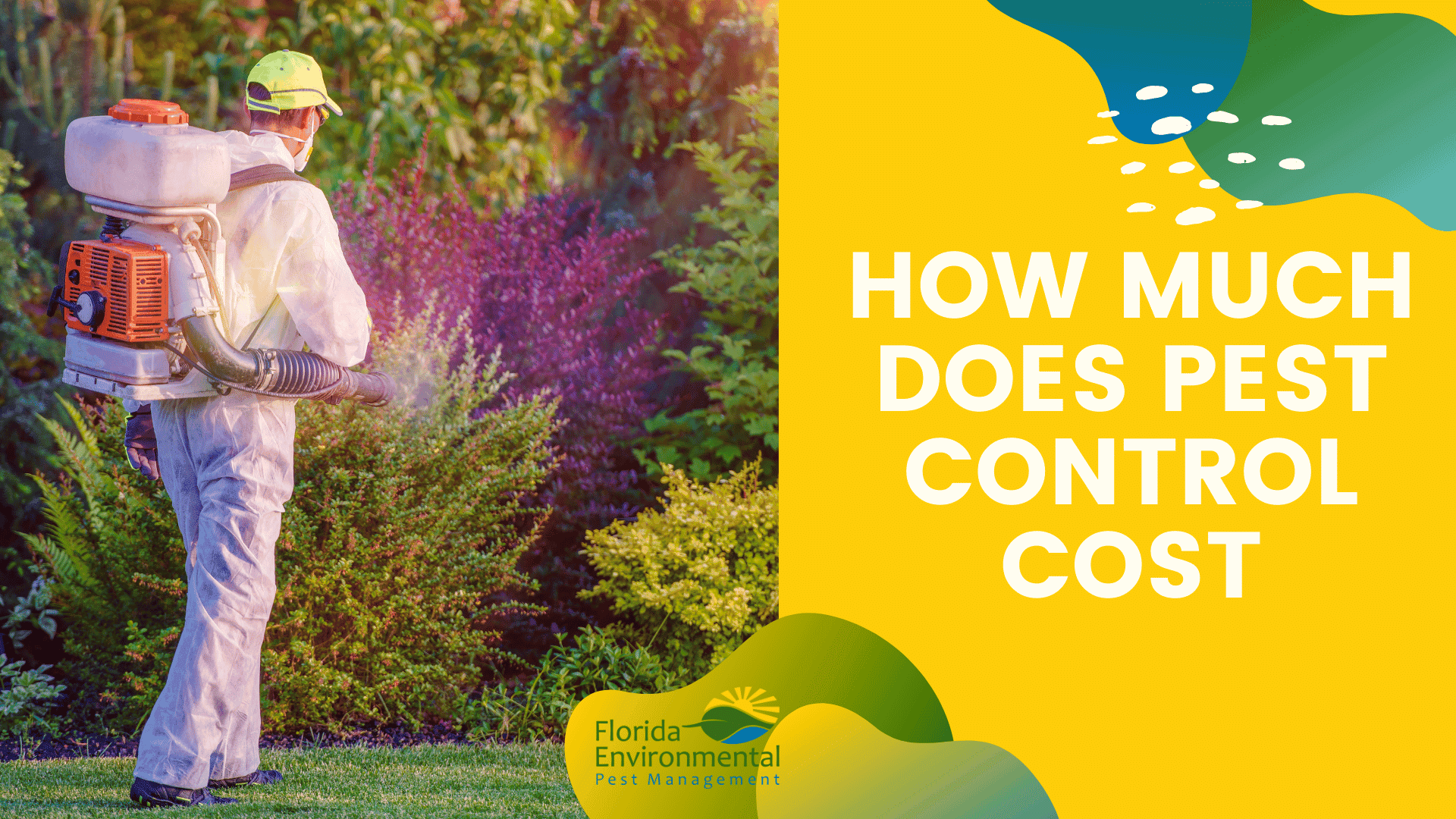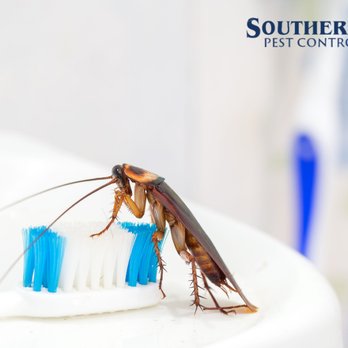Wildlife Removal Services in Port Charlotte for Efficient and Professional Solutions
Find Out About the most up to date Developments in Bug Control and How to Implement Efficient Therapy Solutions
Over the last few years, the area of insect control has experienced considerable improvements, driven by the demand for sustainable and reliable therapy options. Innovative strategies such as Integrated Pest Management (IPM) incorporate eco-friendly exercise with sophisticated innovation, enhancing both efficacy and ecological duty. The integration of clever modern technologies and DIY methods has actually equipped people to deal with pest concerns a lot more efficiently. As we discover these advancements, it becomes essential to recognize exactly how best to execute these techniques in numerous settings to attain optimal results. The effects for bug management techniques can be transformative.
Eco-Friendly Insect Control Options
Recently, the demand for environment-friendly parasite control alternatives has actually surged as businesses and property owners alike seek sustainable alternatives to conventional chemical therapies. This change is driven by expanding ecological understanding and a wish to lessen the health threats linked with artificial chemicals.

Environment-friendly insect control methods incorporate a variety of techniques that focus on using all-natural substances and techniques. Integrated Bug Management (IPM) is one such strategy, integrating organic, cultural, and mechanical tactics to handle insect populaces while lowering dependence on chemicals (Wildlife removal services). This alternative technique highlights avoidance with environment manipulation and the intro of natural predators, thereby promoting a well balanced ecosystem
Another preferred option is making use of agricultural pesticides stemmed from plants, which tend to be much less dangerous to non-target organisms. Products like neem oil and diatomaceous earth have actually gained traction for their performance in managing parasites while positioning marginal risks to human health and wellness and the setting.
Furthermore, exemption strategies, such as sealing entrance points and preserving sanitation, play an important duty in environment-friendly pest management. By embracing these lasting practices, individuals and organizations can properly manage bugs while advertising a healthier planet for future generations.
Smart Innovation in Parasite Management
Advancement is improving the landscape of pest monitoring, with smart innovation arising as a pivotal force in enhancing effectiveness and performance - Wildlife removal services. The assimilation of Internet of Things (IoT) gadgets, man-made knowledge (AI), and information analytics is reinventing just how parasite control specialists approach invasions
Smart catches equipped with sensors can discover parasite activity in real-time, sending prompt signals to operators. This enables prompt feedbacks, minimizing damage and decreasing the requirement for considerable treatments. Furthermore, AI algorithms analyze historical information to forecast pest behavior, allowing aggressive interventions based on environmental problems and invasion patterns.
Drones and automated vehicles are additionally playing a substantial function in pest management, giving airborne assessments of huge areas, identifying hotspots, and also distributing targeted treatments. These modern technologies not only streamline procedures but additionally improve safety by restricting human direct exposure to potentially harmful chemicals.
Furthermore, mobile applications encourage consumers to monitor parasite activity and accessibility specialist guidance, fostering a joint technique to pest administration. In general, the adoption of clever innovation is setting a new requirement in insect control, emphasizing data-driven choices and sustainable techniques that eventually profit both homeowners and experts alike.
Integrated Bug Administration Strategies
Integrated Pest Monitoring (IPM) uses a holistic technique to pest control, combining various methods to properly take care of insect populations while minimizing threats to human wellness and the environment. IPM focuses on recognizing the pest life process, their natural adversaries, and the community in which they prosper.
One of the essential elements of IPM is checking pest populations with routine evaluations and information collection. This enables the recognition of bug limits, determining when treatment is required. Cultural methods, such as plant rotation, habitat, and hygiene control, are important in lowering parasite frequency and promoting plant health and wellness.
Mechanical controls, consisting of traps and barriers, are additionally vital in IPM. These approaches can physically remove or discourage insects without the use of chemicals. When necessary, the cautious application of chemical controls is utilized, concentrating on targeted therapies that reduce environmental effect.
Education and learning and collaboration amongst stakeholders, consisting of farmers, pest control professionals, and the area, are essential for the effective application of IPM approaches. By prioritizing sustainable methods, IPM not just addresses pest concerns but also cultivates a much healthier community.
Biological Control Techniques
Many biological control techniques are significantly recognized for their efficiency in taking care of bug populaces while advertising ecological balance. These methods harness all-natural killers, parasites, and pathogens to lower pest numbers without relying upon synthetic chemicals. As an example, the intro of ladybugs can properly manage aphid populations, while nematodes target soil-dwelling bug professional pest control larvae.
Furthermore, using microbial chemicals, such as Bacillus thuringiensis (Bt), supplies an ecologically pleasant alternative for taking care of caterpillar insects. These items specifically target pest species, reducing harm to valuable insects and pollinators. Preservation biological control highlights improving environments for all-natural enemies, such as birds and advantageous insects, thereby motivating their visibility in farming systems.
Research study proceeds to expose ingenious approaches within this field, such as the usage of scents to interrupt pest mating patterns or the growth of biocontrol agents via genetic modification. Applying these approaches can bring about lasting insect management methods that reduce the dependence on chemical interventions, inevitably promoting much healthier ecosystems. As browse this site understanding of these strategies expands, they are coming to be indispensable elements of incorporated bug management (IPM) techniques, using an equilibrium in between effective insect control and ecological stewardship.
DIY Insect Control Solutions
As property owners look for efficient ways to take on parasite issues, DIY parasite control remedies have gained appeal for their accessibility and cost-effectiveness. These approaches empower individuals to address invasions utilizing conveniently offered products and methods, typically without the need for professional treatment.

In addition, maintaining appropriate sanitation and routine assessments can protect against parasite entry and nesting (Wildlife removal services). Simple practices, such as sealing fractures, eliminating food resources, and decluttering, can substantially lessen bug populaces. Traps, both homemade and readily readily available, can likewise offer efficient services for surveillance and managing certain bugs like rodents or pests

Conclusion
The integration of eco-friendly bug control alternatives, clever modern technology, and cutting-edge administration methods offers a thorough method to reliable insect monitoring. By welcoming Integrated Pest Monitoring (IPM) and utilizing biological control techniques, together with Do it termite abatement yourself solutions, accountable and sustainable pest control can be attained.
Green parasite control approaches encompass a variety of approaches that focus on the use of all-natural substances and practices. Integrated Insect Administration (IPM) is one such approach, combining organic, social, and mechanical strategies to take care of insect populations while decreasing reliance on chemicals. As understanding of these strategies expands, they are becoming indispensable elements of integrated bug management (IPM) techniques, offering an equilibrium between effective parasite control and ecological stewardship.
The integration of environmentally friendly parasite control options, smart technology, and innovative monitoring strategies provides an extensive method to effective pest management. By accepting Integrated Pest Monitoring (IPM) and using biological control methods, alongside Do it yourself solutions, lasting and accountable pest control can be achieved.